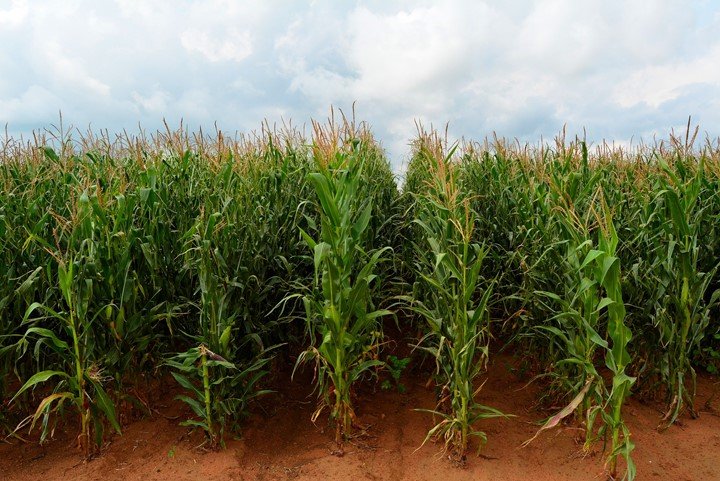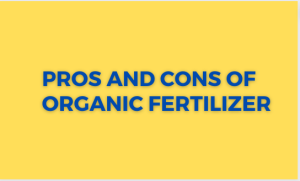New trends in technology have immensely revolutionized the agricultural sector. Farming is the oldest practice around and has been there for many years. It dates back to the Agrarian revolution, which changed farming by planting crops.
Monoculture is the practice of planting one type of crop on the same piece of land. It also includes rearing one kind of livestock on the same land. Monoculture focuses on one type of species or breed to get high yields at a low cost. Large-scale farmers depend on monoculture for good quality and quantity production. Monoculture has its good and downsides.
Pros of monoculture
1. Increased yields: In monoculture, each plant goes through the same standard cultivation, maintenance, and harvesting process, leading to more production at a lower cost.
2. Simplicity: Monoculture is a simple practice whereby farmers require one uniform process to plant, maintain and harvest crops. It is an advantage compared to polyculture because you can apply the same methods and treatments to each plant. It is also easier to plant one type of crop and keep one type of animal.
3. Efficient and profitable: Monoculture enables the farmer to use less labor and maximize the output. To maximize yields, farmers can use a crop rotation scheme to alternate two different types of crops each planting season. An example is planting maize this season and then beans the other season.
3. Reduced extra piece of land required: Monoculture enables the farmer to use synthetic fertilizers, reducing the amount of excess soil required to produce food. People with a small piece of land could use monoculture to maximize and get high yields. However, monoculture can be done in large-scale farming for commercial purposes.
4. Economical: Monoculture is economical in that you get to have reduced labor, time, and costs instead of polyculture. An example is when purchasing fertilizer; you will purchase the same type of fertilizer because you have the same type of crop that requires the same nutrients. You won’t have to purchase fertilizer for the individual crop instead of polyculture.
5. High earnings: When the focus is on one crop, you get to produce better quality and quantity yields. Better quality yields are a gem in the market; they get to fetch you higher returns and profits.
6. Easy to manage: It is easier to manage farms with one crop than the ones with different kinds. You get to lower costs spent on labor, purchasing farm equipment, and chemicals such as pesticides and fertilizer.
7. Enhance specialization: Specialization minimizes costs and maximizes profit because you get to focus on one kind of activity. Monoculture encourages specialization in that you get to focus on one type of crop. In doing so, you get to have higher yields and better quality.
8. Technology changes in farming: Monoculture was practiced even before there were changes in agriculture. Changes in farming came about as a result of the introduction of polyculture. However, technological change in farming began with monoculture searching for ways to maximize yields and gain profits.
9. High-quality products: Monoculture enhances specialization, leading to high-quality crops and far goods that fetch a good amount of money at the market both locally and internationally.
Cons of monoculture
1. Soil degradation: Monoculture causes depletion of nutrients reserves in the soil. With the depletion of nutrients, the land becomes unproductive and therefore left without a cover crop for long periods. Bare land is exposed greatly to soil erosion by water and wind.
2. Environmental pollution: Increased use of farm chemicals such as pesticides and fertilizer common in monoculture causes environmental pollution. All three types of pollution aren’t left out. Beginning with water pollution, where the farm chemicals find their way into water sources by running off water from the farms, air pollution through spraying plants with pesticides, and soil pollution.
3. Challenge with pest control: Insect pests and weeds spread faster in farms that practice monoculture. It is due to a lack of genetic and biological diversity. It is hard to control pests in monoculture because they find plenty of food with the right conditions to thrive in one place.
4. Pesticide resistance: When controlling pests becomes a challenge, the farmer is left with the choice of changing pesticides to find out which one is effective. In doing so, the pests and weeds become resistant to pesticides and multiply.
5. Lowers biodiversity: One key principle of monoculture is the reduction of biodiversity of plants or animals on the same piece of land. Biodiversity is great for a healthy life both for plants and animals. It enhances mutual benefits and success in both animal and plant kingdoms.
6. Reduced/ depleted nutrients in the soil: Continuous practice of planting the same type of crop on the same piece of land depletes the nutrient reserve in the soil. It causes continuous use of fertilizer which can be harmful to the soil.
7. Overdependence on oil: Monoculture in large-scale farming requires a lot of energy. It is due to heavy mechanization. Heavy mechanization depends on fossil fuels such as oil and petroleum to meet the high energy demand.
8. Harm to bees: Monoculture discourages biodiversity on which bees depend to thrive. Reduced biodiversity causes bees to struggle to obtain enough requirements for the food supply. It could be a contributing factor to the reduction in the population of bees.
9. Lack of water conservation in irrigation: Monoculture causes erosion, leading to losing topsoil. Topsoil has the quality of moisture retention the soil. When the soil can’t retain moisture, a lot of water is needed during irrigation.
10. Risk of harvest loss: If there is a disease breakout or infestation of pests, the farmer risks losing all his yields, unlike those who practice polyculture.
11. Climate change: Agriculture emits a larger portion of greenhouse gases other than carbon dioxide. Large cattle farms and procedures linked to altered nitrogen cycles in the soil contribute largely to emissions. Altered nitrogen cycles are caused by the overuse of fertilizers rich in nitrogen. Carbon dioxide and greenhouse gases cause global warming.


